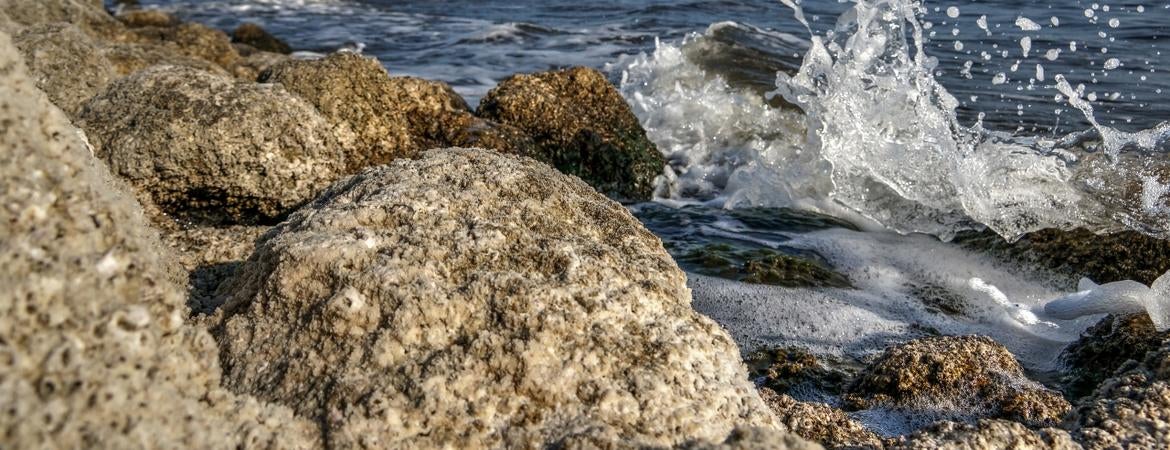Office of Sustainability

Conflict at the Salton Sea
Early February, a group of scientists met on a grey Saturday morning. Grey clouds filled the sky, a drizzle began, as a group of science professors, graduate students, and a few undergrads boarded vans behind the Geology building parking lot headed to the Imperial County.
Once departed, the group spoke of the Salton Sea and the surrounding areas. The first stop was at the Yacht Club/North Shore. The group was met with a sunny sky and a calm breeze. The group trailed over to the sea where they used binoculars and a telescope to classify a few of the 400 different species of birds that migrate to the Salton Sea. All of these birds mainly feast on the two species of fish that inhabit the Salton Sea: Mozambique Tilapia and the native Desert Pupfish. Because of the high salinity levels in the Salton Sea these two fish are considered a biologist on site to be rare, since most fish would die.
Additionally, the increase in particulate matter by the shrinking lake is considered dangerous. This is because when more seabed is exposed more particulate matter will get carried by the wind and into people’s lungs. The Colorado River having access to dispense more water into the lake will be not be doing so in the near future because it is their turn to choose where they want to put this water into use, and the Salton Sea is far from their priority. Consequently, the lack of fresh water is predicted to alter the Salton Sea in size and probably impact the biodiversity. In other words, there might not be as many fish, if any, and the 400 species of birds that migrate to the Salton Sea may no longer stop here.